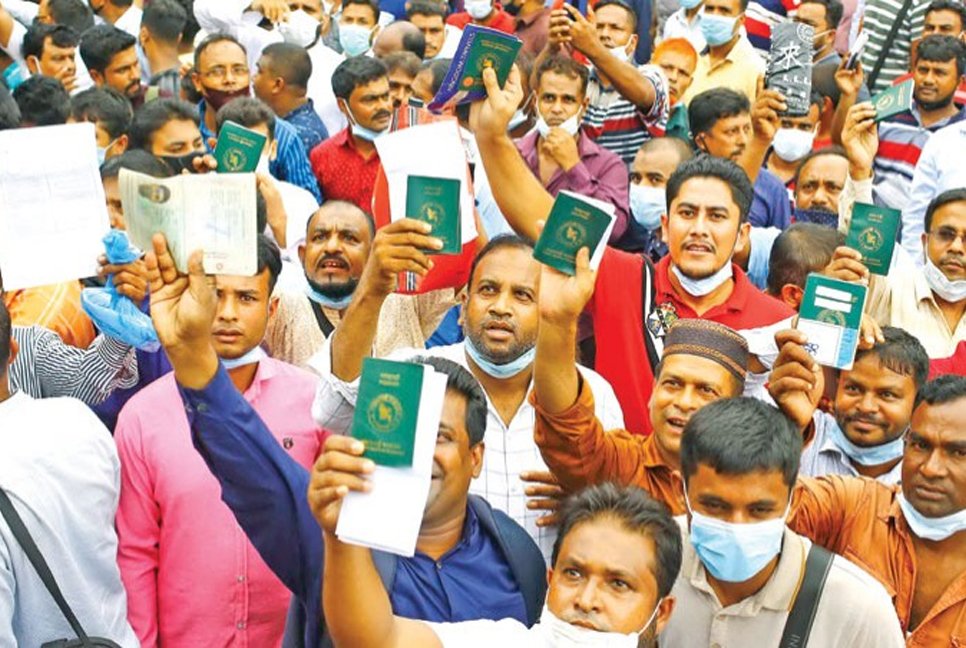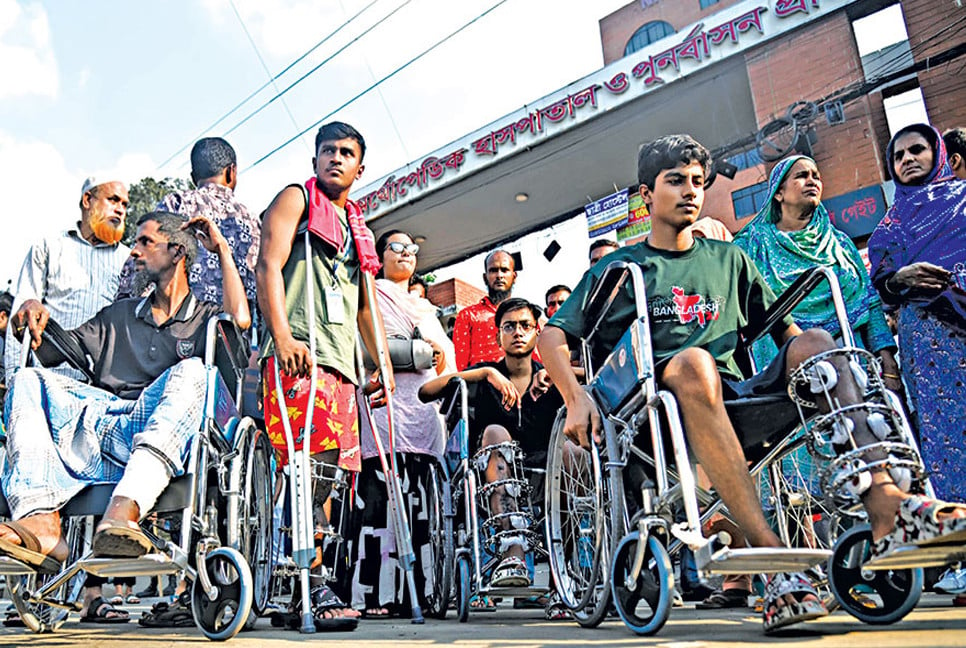Saudi Arabia has emerged as the last hope for Bangladeshi workers seeking employment abroad due to the dominance of domestic and foreign syndicates. Despite significant job opportunities in countries like Malaysia and Singapore, these avenues are closing due to the influence of these syndicates.
The 2024 Bangladesh Economic Survey highlights significant changes in manpower export over the past decade. In 2014, over 58 percent of labor was exported to countries like Qatar, Oman, and Singapore. However, the current decade has seen a decline in labor exports to these countries, with Saudi Arabia becoming the primary destination in the Middle East.
Experts note that a decade ago, labor export rates to Oman, Qatar, Bahrain, the United Arab Emirates, Kuwait, and even Libya and Syria were higher. Various crises have since reduced labor exports to these countries, leaving Saudi Arabia as the key destination.
A prolonged Palestinian crisis in the Middle East could halt manpower exports to the region, posing a significant risk due to the heavy reliance on a single country.
Data from the Bureau of Manpower and Employment Training (BMET) and the Economic Survey reveals that nearly 1.1 million workers went abroad for work in the ten months from July to April of the 2023-24 financial year. Of these, 461,411 workers, or about 43 percent of the total manpower export, went to Saudi Arabia alone.
In other Middle Eastern countries, approximately 80,000 workers went to the United Arab Emirates, around 66,600 to Qatar, about 52,000 to Oman, and around 29,000 to Kuwait.
Outside the Middle East, Malaysia is the second-largest labor importer from Bangladesh, with about 218,000 workers until April of the last financial year. However, due to syndicate cycle irregularities, corruption, and excessive immigration costs, Malaysian authorities have halted manpower exports since May 31, raising concerns about future manpower export trends.
Additionally, the export rate of professional and skilled manpower has decreased, while the number of low and semi-skilled workers has increased. Although many workers are going abroad, remittances remain low.
The Economic Survey data shows that 48.5 percent of Bangladeshi workers abroad in 2012 were unskilled. By 2023, about 50 percent of workers were low-skilled. In 2012, 28.5 percent of workers were skilled and almost 6 percent were professionals. By 2023, these figures had dropped to 24.8 percent for skilled workers and 4 percent for professionals.
Experts argue that despite an increase in foreign employment, remittance income remains low due to the higher export of unskilled and semi-skilled labor compared to skilled and professional workers.
Dr. Mustafa Kamal Mujeri, former director of the Bangladesh Institute of Development Studies (BIDS), told Bangladesh Pratidin, “Bangladesh's manpower export is under threat. Exports of labor to Malaysia, the largest market outside the Middle East, have stalled due to corruption, irregularities, and syndicates. Now the only hope is Saudi Arabia in the Middle East. If the Israeli-Palestinian crisis intensifies, labor exports to Saudi Arabia may also be blocked. Additionally, most workers in Bangladesh are unskilled, posing another risk.”
He added, “The government should adopt an integrated policy in manpower export, identifying potential markets and initiating the training of skilled workers according to market demands. This approach will reduce risks in manpower export and, by sending skilled manpower, can increase remittance income even with fewer workers abroad.”
(The article was published on print and online versions of The Bangladesh Pratidin on July 10, 2024 and has been rewritten in English by Tanvir Raihan)





































































